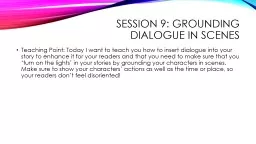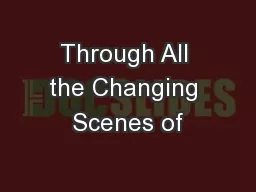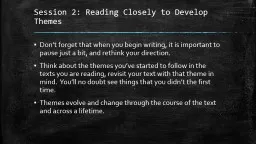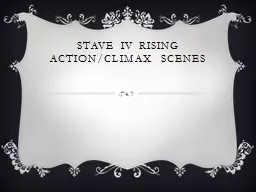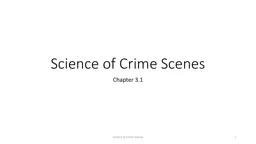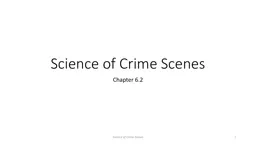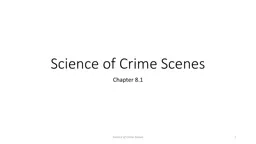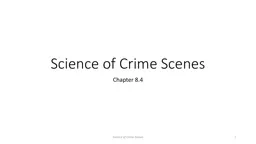PPT-Session 9: Grounding Dialogue in Scenes
Author : sherrill-nordquist | Published Date : 2017-08-31
Teaching Point Today I want to teach you how to insert dialogue into your story to enhance it for your readers and that you need to make sure that you turn on the
Presentation Embed Code
Download Presentation
Download Presentation The PPT/PDF document "Session 9: Grounding Dialogue in Scenes" is the property of its rightful owner. Permission is granted to download and print the materials on this website for personal, non-commercial use only, and to display it on your personal computer provided you do not modify the materials and that you retain all copyright notices contained in the materials. By downloading content from our website, you accept the terms of this agreement.
Session 9: Grounding Dialogue in Scenes: Transcript
Download Rules Of Document
"Session 9: Grounding Dialogue in Scenes"The content belongs to its owner. You may download and print it for personal use, without modification, and keep all copyright notices. By downloading, you agree to these terms.
Related Documents

